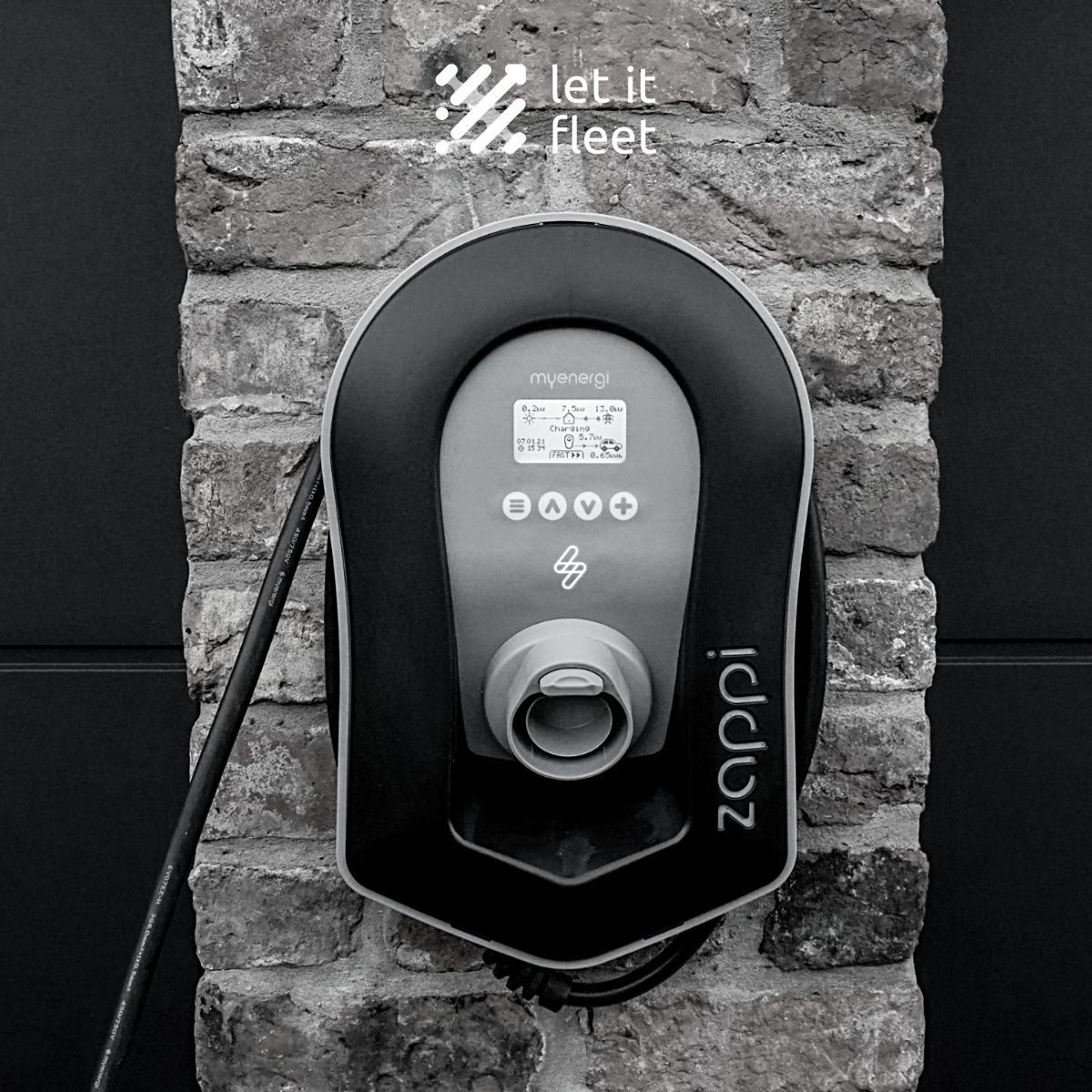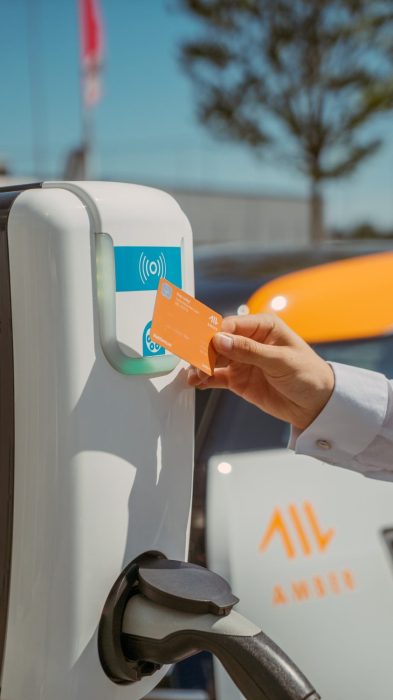During the electrification process of their fleet, companies need to select a supplier for home and office charging infrastructure. In this blog, we list some of the attention points one should consider when choosing a provider.
1. Charging hardware
First, the charging hardware is to be evaluated. Different criteria should be evaluated, such as the capacity of wall boxes, whether or not the wall boxes are connected, and what the supplier is offering in terms of installation and maintenance.
Capacity & pricing
In terms of pricing, there typically is a device and installation costs. For the latter, custom installation requirements can cause significant additional costs. This can be dependent on the type of connectivity of the device, e.g. wifi versus ethernet cabling. Next, upgrades to the electrical capacity of the house can add significant costs, though these are not dependent on the device or supplier. Rather, this is dependent on the desired (or feasible) charging speed. Some models include an energy management module by default, for others, an additional charge is applied for this.
Connectivity
Wallboxes need to communicate with the outside world for some essential and secondary features. First, data on who charged at the wallbox and when, needs to be exchanged in order to trigger reimbursement procedures. Second, connectivity enables opportunities for smart energy management, remote control, and over-the-air updates.
| Bluetooth | Real-time internet connection (Wifi, Ethernet, or public WAN) | |
| Opportunities | No location-based connection issues (e.g. underground garage) | – OCPP possible in principle (not necessarily supported) – Remote energy management/operation – Leverage live data |
| Challenges | – Syncing occurs through smartphone, leading to delays/sync issues – OCPP impossible -> vendor lock-in challenge – No remote control |
– Fallback for places without a connection – Need for Ethernet Cable connection (if not wireless) |
2. Charging cards
Three elements are worth investigating concerning charging cards:
- Subscription costs
- Cost per roaming transaction

- Fixed energy price/kWh for roaming sessions
Subscription costs
Often, a subscription cost is related to the billing platform, rather than the card itself. Nevertheless, subscription costs differ significantly, ranging from €0 to €5 per month per subscription.
Cost per roaming transaction
In the context of public charging, roaming occurs when a driver charges at a station that is not part of the network of the charging card provider. Suppliers have contracts with other providers and large networks (e-clearing, Hubject, Gireve), domestically and abroad, extending their reach. All of the suppliers offer close to 99% in Belgium and Western Europe.
However, some suppliers charge transaction costs for roaming, with transaction costs up to 50 cents, while other do not.
Energy price for roaming sessions
Next, an important attention point is the roaming session pricing per kWh. While some take over the pricing from the roamed network, other charge a fixed price per kWh. It is not clear how this rate is established, and when and how it can change.
3. Charging infrastructure: software
As a company, we control the supplier choice of new installation, as well as the reimbursement platform. We can also decide wether or not we unbundle the infrastructure from the lease car, or if we include it in the lease offering as part of the Total Cost of Ownership budget.
However, organisation cannot control employees with existing suppliers and infrastructure. Inevitable challenges thus lie in managing the use of mixed supplier infrastructure, and in arranging transfers across reimbursement platforms. Companies must therefore consider the interoperability of their charging infrastructure. The two main questions that need to be asked are: Can my charging point connect to an external platform? Does the platform allow connections from external providers? To answer these questions, companies should consider the so-called “interoperability ladder”. The most interoperable option is infrastructure that can connect to an external platform via a configuration change, such as updating the websocket URL. Hardware changes, such as replacing a SIM card, are less interoperable. The least interoperable option is when the charging infrastructure cannot connect to external platforms. That means that the company is faced with vendor lock-in and cannot change.
Conclusion
When selecting a provider for charging infrastructure, companies should question the different suppliers about the hardware aspects, such as installations costs and type of the connectivity. Next, there are differences to be found in the market between the subscription, transaction, and roaming costs for charging cards. Additionally, companies should be aware of the interoperability of the charging infrastructure to ensure that they are not locked into a particular supplier for the reimbursement of charging costs. Taking these points into consideration should help companies make an informed and cost–effective decision about the charging infrastructure that is best for their employees.
In case of questions about the current wallbox offering in the market, do not hesitate to reach out to have a talk about how let it fleet can help your electrification project.

